One of the ten districts of Barcelona, Sant Andreu is the third largest in terms of area, bordering Nou Barris, Horta-Guinardó and Sant Martí. It is not one of the most well-known districts in Barcelona but that is not to say that it is not worth visiting. With narrow streets, a famous old church, a great market, an interesting contemporary bridge and far less crowds compared to the hustle and bustle of the city center, there are plenty of reasons to visit the area.
Church of Sant Andreu del Palomar
Standing on the site of a 10th-century Romanesque church, the church of Sant Andreu del Palomar is perhaps the greatest symbol of the history of the district. The church survived many restless times in the city’s history and was involved in the Catalan revolt in the 17th century. Near the end of the 19th century, the church underwent gothic reconstruction to form the church’s current style. It stands in the beautiful Placa d´Orfila – a gorgeous little square which is always full of locals and is a great place to sit and enjoy a coffee or just relax and watch people go by.
Related article: Discover the district of Eixample
Sant Andreu Market
Standing in the lovely square of Plaça del Mercadal, the Sant Andreu market is a bustling local market which is small but has an enchanting atmosphere. A welcome break from some of the larger markets in Barcelona – which at weekends can become suffocating. In fact, it feels more like a village than a market and it is often easy to forget you are in a giant international city as you enjoy the peaceful local atmosphere.
Bac de Roda Bridge
Built between 1985 and 1987 by Santiago Calatrava the bridge functioned initially to connect two parts of the city separated by the railway line. However, it has come to represent much more than that. Its characteristic curvy style is thought to resemble the human body, which has given the bridge more than modest recognition throughout the city. In fact, it was considered to be one of the landmarks for the Barcelona Olympics. Whilst the bridge’s function is seen primarily as a connection between areas separated by the railway, many consider it as a social symbol of cohesion between disconnected and often disregarded parts of the city.
Related article: Discover the district of Ciutat Vella
Getting to the district
If you like the sound of this intriguing and beautiful district then the best way to get here is to take the L1 to Sant Andreu metro station. This is only a short walk to the church and the market. Alternatively, you can take the L1 to Navas or the L2 to Bac de Roda. There are also a number of buses that connect to the district – more information can be found on Barcelona transport website. However you choose to visit the district, you will discover a charming and tranquil part of the city.
Looking for an apartment in the city? ShBarcelona is the answer.












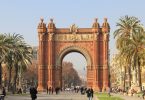


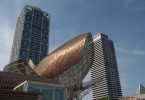
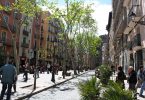

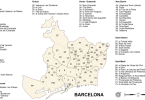

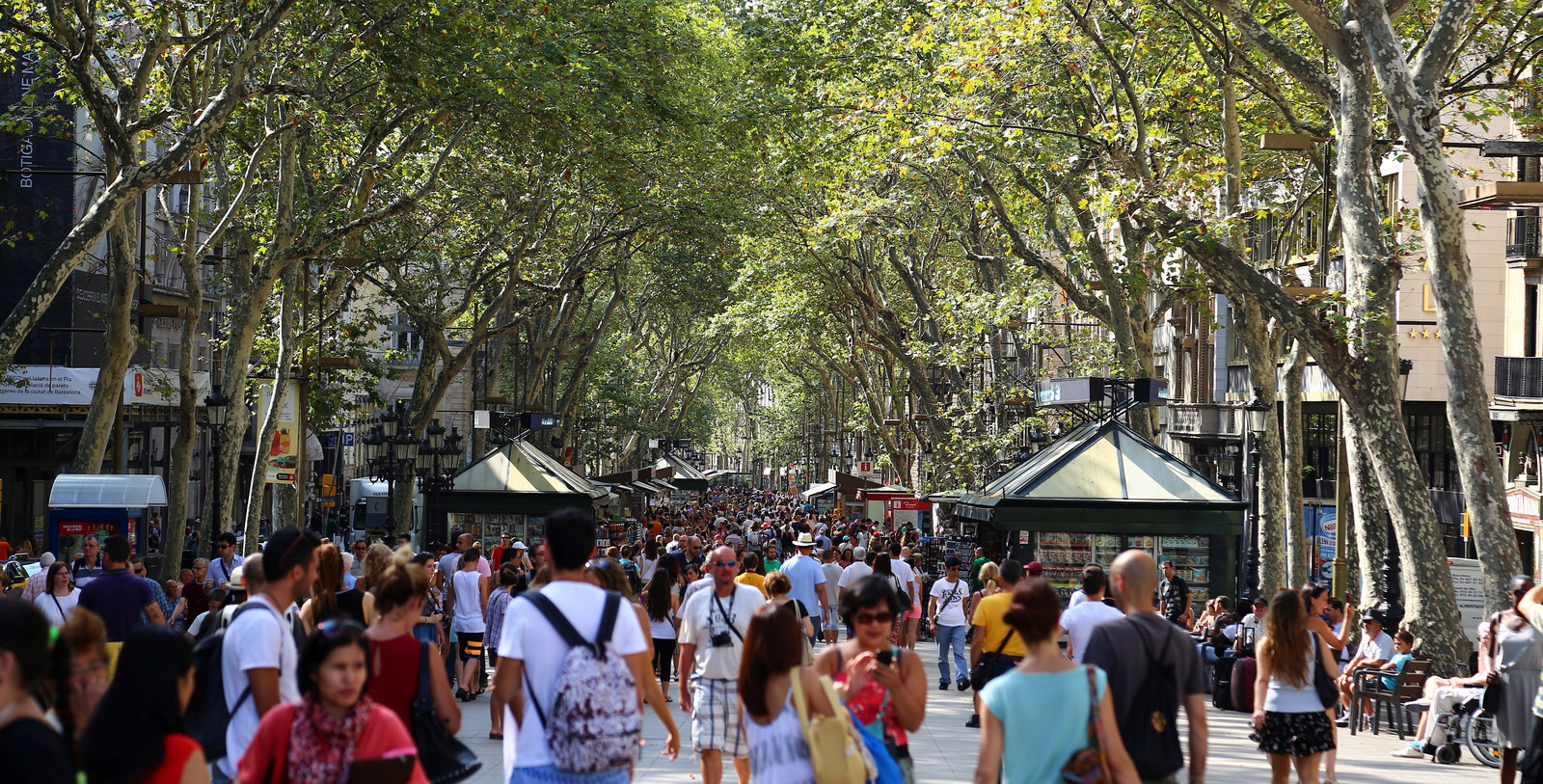


Leave a Comment